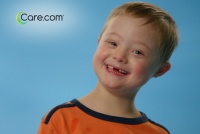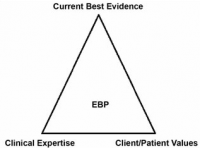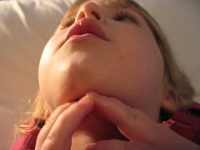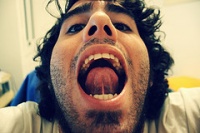
Q: Our SLPAs see artic kids for 5-7 minute every day. Some of the kids with frontal lisps also have reverse swallow patterns (tongue thrust swallow, infantile suckle-swallow patterns). Should the SLPAs work on this too? Will these kids fix their lisps without it? Yours is the question I hope the 21st century will answer! I personally do not think that SLPs or SLPAs who are not trained in teaching the correct swallow have any business working on it with…








